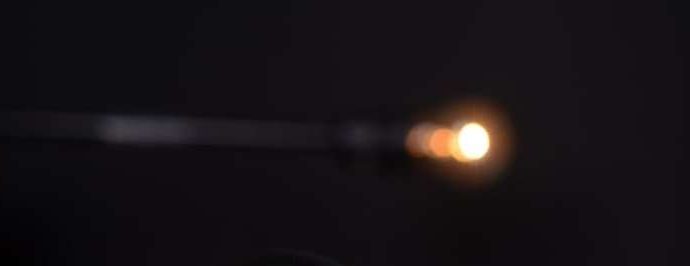Light, which travels at a speed of 300,000 km/sec in a vacuum, can be slowed down and even stopped completely by methods that involve trapping the light inside crystals or ultracold clouds of atoms. Now in a new study, researchers have theoretically demonstrated a new way to bring light to a standstill: they show that light stops at “exceptional points,” which are points at which two light modes come together and coalesce, in waveguides that have a certain kind of symmetry.
Unlike most other methods that are used to stop light, the new method can be tuned to work with a wide range of frequencies and bandwidths, which may offer an important advantage for future slow-light applications.
The researchers, Tamar Goldzak and Nimrod Moiseyev at the Technion – Israel Institute of Technology, along with Alexei A. Mailybaev at the Instituto de Matemática Pura e Aplicada (IMPA) in Rio de Janeiro, have published a paper on stopping light at exceptional points in a recent issue of Physical Review Letters.
As the researchers explain, exceptional points can be created in waveguides in a straightforward way, by varying the gain/loss parameters so that two light modes coalesce (combine into one mode). Although light stops at these exceptional points, in most systems much of the light is lost at these points. The researchers showed that this problem can be fixed by using waveguides with parity-time (PT) symmetry, since this symmetry ensures that the gain and loss are always balanced. As a result, the light intensity remains constant when the light approaches the exceptional point, eliminating losses.
To release the stopped light and accelerate it back up to normal speed, the scientists showed that the gain/loss parameters can simply be reversed. The most important feature of the new method, however, is that the exceptional points can be adjusted to work with any frequency of light, again simply by tuning the gain/loss parameters. The researchers also expect that this method can be used for other types of waves besides light, such as acoustic waves. They plan to further investigate these possibilities in the future.
Source: Phys.org

































Leave a Comment
You must be logged in to post a comment.